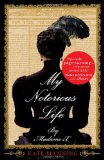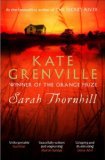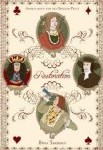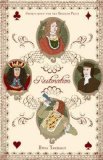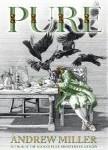Five words from the blurb: poverty, midwife, controversial, trust, downfall
My Notorious Life is the best 2013 release I’ve read so far. It is an atmospheric and engaging story about Axie, a midwife in 19th century New York who begins to perform abortions.
Axie has a difficult start in life. After the death of her mother she is separated from her brother and sister and finds herself working as an apprentice to a midwife. She learns the craft and begins to realise that some women face persecution, and even death, if they continue with a pregnancy. Axie begins her own clinic performing a wide range of midwifery services, but spends some of her time performing secret and controversial acts that prevent or terminate pregnancy.
The wonderful thing about this book is the sensitive way it handles such a difficult subject. It skillfully shows both sides of the abortion argument, leaving the reader to make their own judgement about what is right or wrong. Much of this book is based on historical fact and it is heartbreaking to know that so many women suffered in the ways described within these pages. I think this book will make many people look at abortion in a new light, or at least help them to realise what a difficult choice these women made – with both decisions leaving deep emotional scars for life.
The writing was wonderfully vivid and I loved the way the sights, sounds and smells were described so evocatively that the reader is made to feel as though they are there:
-It is so dark, said the Gentleman when he started up our stairs. I saw the wrinkle of his toffee nose as the smells choked him in the nostrils, the cabbage cooking and the p*** in the vestibule, the chamber pots emptied right off the stair. Mackerel heads and pigeon bones was all rotting, and McGloon’s pig rootled below amongst the peels and oyster shells. The fumes mingled with the odors of us hundred-some souls cramped in there like matches in a box, on four floors, six rooms to a floor. Do the arithmetic and you will see we didn’t have no space to cross ourselves. As for the smell we did not flinch, we was used to it.
If that’s not enough to persuade you to give this book a try then I should also add that all this is rounded off with a satisfying plot, characters you really care about, and fascinating snippets of information about life in 19th century New York. This wonderful book will appeal to a wide range of readers and I can see it becoming a modern classic.
Highly recommended.

.
